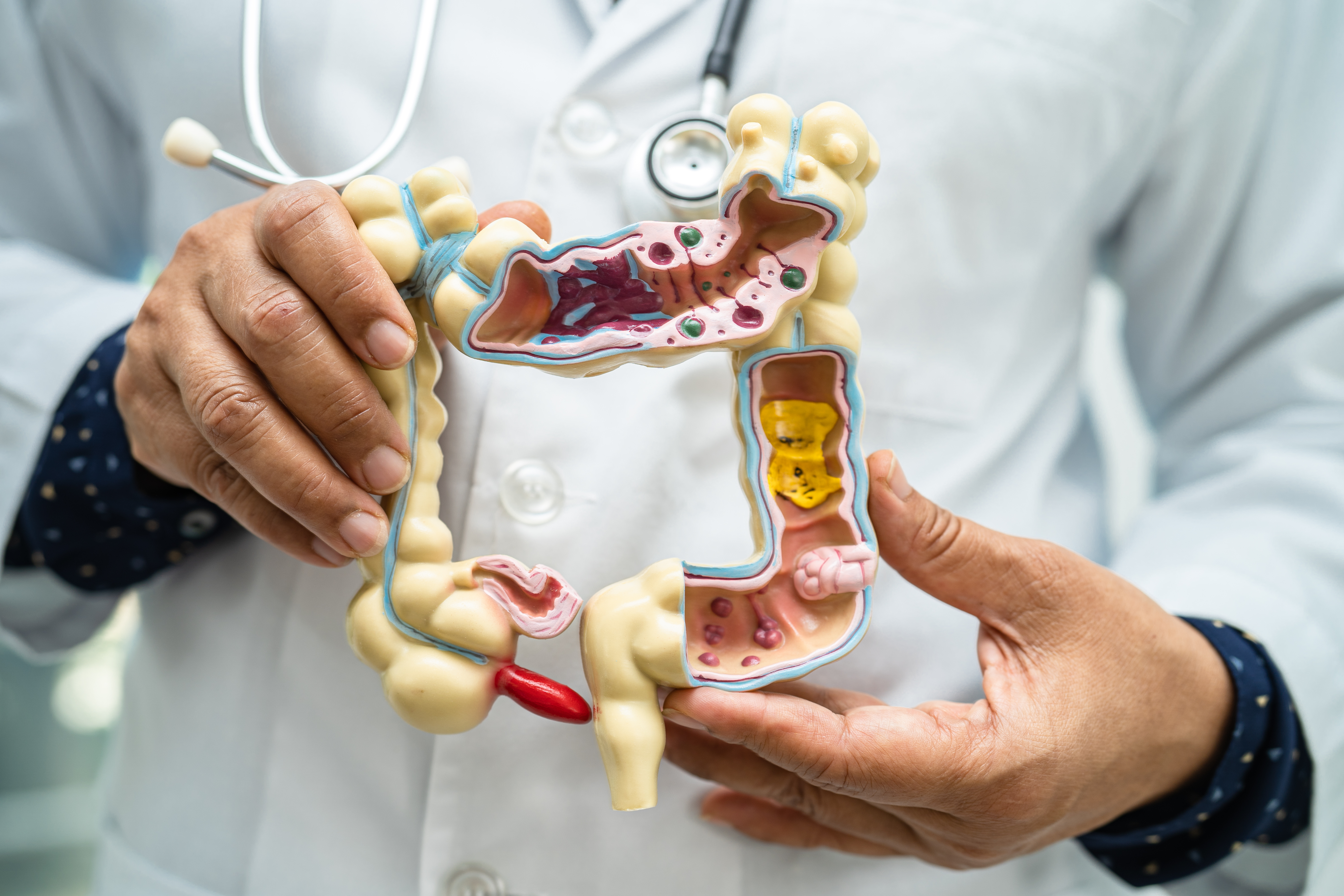Signs And Symptoms Of Appendicitis; What You Should Know
Appendicitis is a painful condition requiring immediate attention. The appendix is located in the lower right region of the abdomen, and a sharp pain in the area often indicates the first sign of trouble. The tube-shaped organ is part of the digestive tract, and if it gets infected by an overgrowth of bacteria, it will become inflamed and burst if left untreated. A number of symptoms present themselves and help to diagnose appendicitis.
Role Of The Appendix

Although the appendix plays an important function in the human body, its existence and origin are not fully understood. Its name translates to a worm-like appendage and is essentially a pouch-like sac of tissue. It contains trapped bacteria, and when a blockage of mucus or stool blocks the opening of the appendix to the cecum, the bacteria has nowhere to go and starts to infect the area.
Upset Stomach

Stomach problems can occur as the appendix is inflamed and infected. Nausea and vomiting are common symptoms. This feeling of malaise may contribute to loss of appetite. It is important to stay hydrated, and nutrients can be replenished with easy-to-swallow foods like broth, smoothies, or sports drinks. Other digestive problems like constipation or diarrhea may also occur, and there are medical and natural solutions for both conditions.
